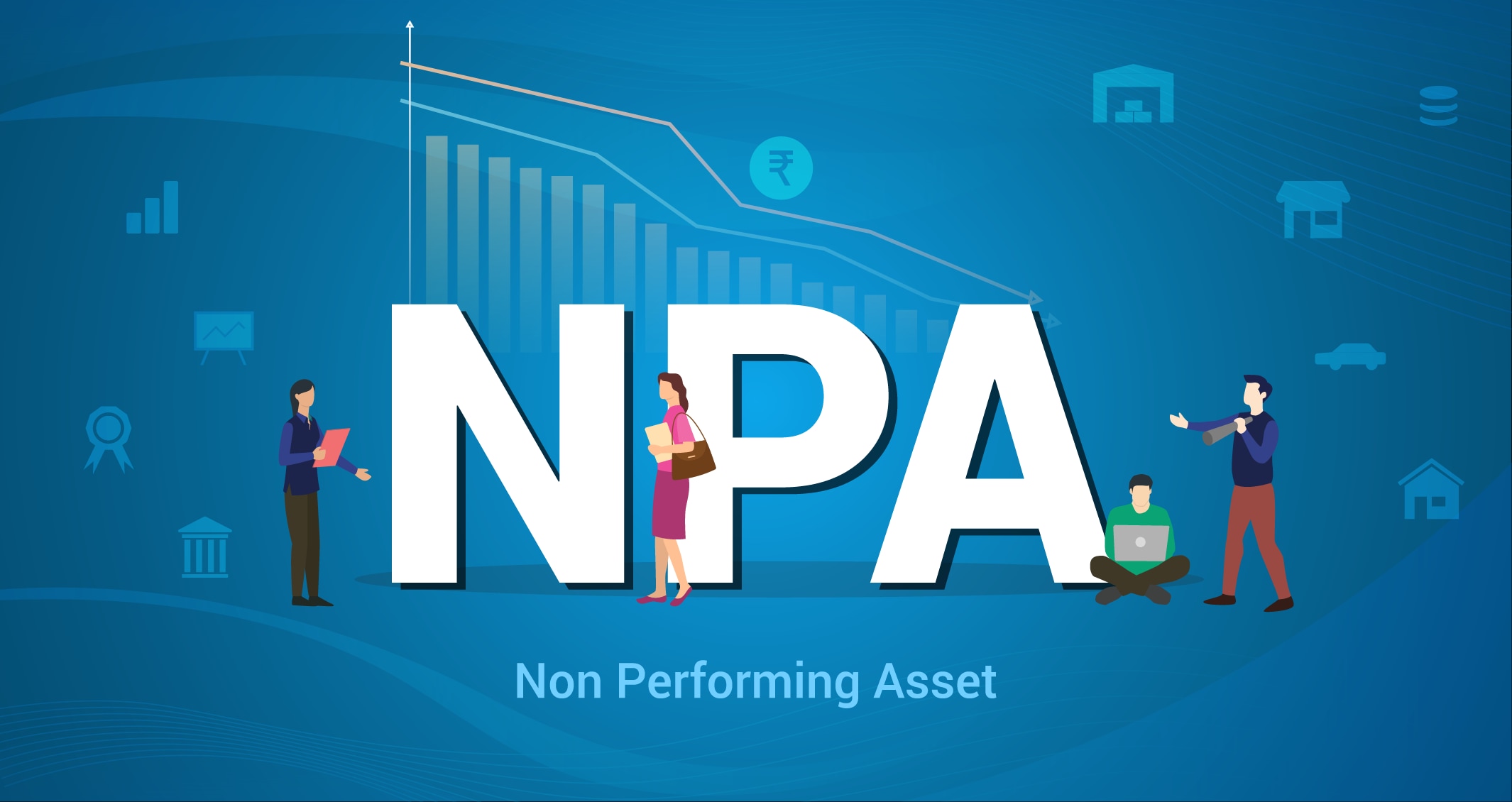Crisil Data: Bank NPAs May Drop to 5% by March 2023

Non-performing assets or NPAs are a categorisation of advances or loans whose interest or principal payments has been unsettled for over 90 days. These are recorded on a balance sheet as a liability following its non-payment by the borrower. NPAs have the potential to place a heavy financial burden on lenders and they could be interpreted as poor financial soundness of the bank. They can be categorised into loss asset, doubtful asset or a substandard asset and vary between the overdue date’s length and likelihood of the repayment. In a situation of high NPAs, lenders can choose either to take possession of provided collateral to recover losses or sell the loan to a collection agency at a large discount.
However, it seems like borrowers are keeping steady with loan repayments as of late, since new data suggests positive news for lenders!
The CRISIL Report
CRISIL, a ratings agency, stated in a report published on September 21 that banks’ gross non-performing assets (NPAs) could fall to 5% by March 2023. This adds to the already improving asset quality maintained by banks, due to a marked economic recovery in the post-pandemic era, along with a higher growth in credit. They may even reach a new low of 4% by March 2024.
Most of the improvements in banks’ asset quality can be linked to stronger endorsement, risk management, and a clean-up in their books in the recent years. This has provided banks more agency in selecting borrowers with good credit profiles. This development has been further propelled by the growth and deleveraging of India Inc’s balance sheets. Systems like the Bankruptcy and Insolvency Code have also helped in recovery, along with a better regimen for borrowers and their credit.
The agency stated in its report that the potential sale of NPAs to the National Asset Reconstruction Company Ltd (NARCL) could further boost the banking sector’s asset quality. Its goal is to clear huge assets worth around ₹2 Trillion.
While all segments are set to perform well, the corporate segment will likely reap the most benefits, with major improvements coming in the next few quarters. Here, the gross NPAs could fall below the 2% mark in the next fiscal year, as compared to 16% in 2018. The Deputy Chief Ratings Officer of CRISIL Ratings, Krishnan Sitaraman, noted that the high-safety large exposure’s share has risen to 77% as of March 2022, as opposed to 59% in March 2017.
Subha Sri Narayanan, the Director of CRISIL, said, “We expect slippages to trend 50 bps lower at two percent for fiscal 2024 versus 2.5 percent last fiscal as the economy stabilises. This should support asset quality metrics even as the pace of write-offs, which contributed almost 60 percent to the reduction in gross NPAs in the past three fiscals and large-ticket resolutions decelerate.”
Now that you know why this development rings as a positive sign for the country, let’s learn more about what leads to a higher or lower NPA! Usually, a high NPA for lending companies is caused by a large number of people who have not repaid their loans in time. When this continues for an extended period of time, the loans become bad assets for the bank that they need to recover forcefully.
Reasons for Loan Defaults
Often, people may not default on loans repayment intentionally. Many reasons can be attributed to borrowers defaulting on timely repayments, such as:
1. Loss of job
A slowdown in the Indian economy is directly proportional to the number of job losses that have occurred over the years. The effects of the coronavirus pandemic are still being felt as some are still unable to regain their lost jobs in the past few years. Some are still being laid off from their companies either due to their poor performance or the poor performance of their company. This is a major reason for loan defaults as those without a stable source of income may rely on credit for their sustenance and are unable to pay it off later.
2. Delay in salary payment
At times, even those with secured jobs may be unable to repay loans due to the unavailability of funds attributed to their company’s non-payment of salaries. This causes an unexpected loss of earnings at the time, causing such delays before the given deadline.
3. Fraudulent schemes
Another common reason for defaulting on loans is the intent of certain people to defraud loan agencies. They may take loans with the goal of not repaying them back at all. To achieve this, they may go deep underground and avoid all contact with lenders and agencies to escape recovery of amount. However, this endeavour can be quite difficult as many may not even qualify for loans without legal documentation provided to the lenders.
Consequences of Loan Default
Constantly defaulting the repayment of loans could result in dire consequences down the line! These include:
1. Reduction in credit score
Defaulting on any repayments could cause a dip in the borrower’s credit score. It determines the financial soundness of a person and their capacity for loan repayments. The score is calculated on the basis of non-utilisation of all available credit, number of credit accounts created, consistent profile details and timely repayments. A low score could disbar borrowers from availing credit.
2. Legal action
Defaulting on loan repayments is considered as a civil crime rather than a criminal crime. However, those who do not pay off their debts within 180 days could be liable for legal action under Section 138 of the Negotiable Instruments Act, 1881.
Now that you have a good idea about how NPAs and loan repayment work, getting a loan may seem a little daunting. Bu it can be made simpler by following the right steps. Bajaj Markets is here to help you every step of the way. Head on over to our website or app and avail attractive offers on your loans exclusively on Bajaj Markets!
